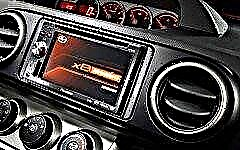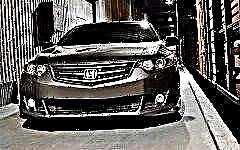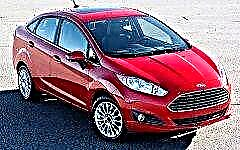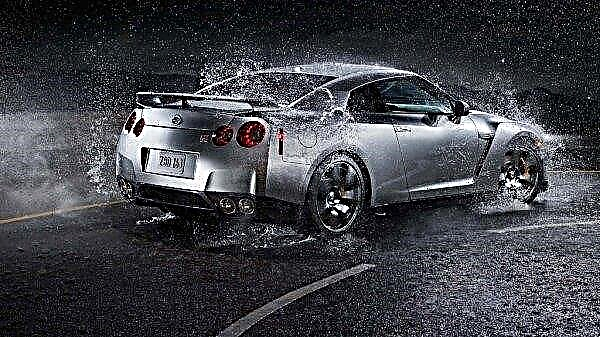
The content of the article:
- What is traction control
- Description of the ASR system
- PBS functions
- How antibuks works
- A kind of antibuks
- Pros of traction control
For about 20 years now, various security systems have been installed on cars, they monitor the safety of braking and accelerating cars. Today, any modern car has such technologies.
Having passed a long period of time, and a difficult path, from simple systems, up to whole complex systems that are combined into several traction control systems.
What is the traction control system
Traction control system, or abbreviated APS is still called "traction control (PBS)", in English you can also see two names of this technology - Dynamic Traction Control (DTC) and Traction control system (TCS), in German it is referred to as Antriebsschlupfregelung (ASR) ...
Traction control is a secondary safety feature that works with the ABS anti-lock braking system in cars, trucks and SUVs. This electro-hydraulic system of the car makes it easier to drive a car on a wet road (it prevents the loss of grip of the wheels with the road due to constant control over the slipping of the driving wheels of the car). Depending on the firm of the car manufacturer, the anti-slip technology has the following names (types):
- ASR - installed on cars of such companies as Mercedes (as well as ETS), Volkswagen, Audi.
- ASC - installed on BMW vehicles.
- A-TRAC and TRC - on Toyota vehicles.
- DSA - available on Opel vehicles.
- DTC - mounted on BMW vehicles.
- ETC - Found on Range Rover vehicles.
- STC - on Volvo cars.
- TCS - installed on Honda vehicles.
Not taking into account the large number of names, the design and principle of operation of traction control systems are similar to each other, so let's look at the principle of operation of the most common of them, namely ASR, installed in a Mercedes, Volkswagen or Audi car.
ASR system and the nuances of its work
ASR helps prevent loss of traction at the wheels of the vehicle by using an electro-hydraulic system that controls the engine and brakes in adverse road conditions or if the driver uses excessive acceleration and the wheels begin to slip on the asphalt. ASR helps the driver avoid making mistakes in adverse road conditions and helps the driver maintain control of the vehicle.
Professional drivers complain that ASR APS affects vehicle performance, but this standard equipment in high-performance vehicles helps beginners and drivers who often overestimate their ability to control the vehicle in adverse weather conditions, and regains driver control in unforeseen circumstances.
ASR technology has been in most cars and motorcycles since about 1992. It dates back to the early 1930s, when Porsche developed a limited slip differential that allows one wheel to spin slightly faster than the other to improve traction. The ASR system is closely related to ABS. From the first users of ASR, which was already complemented by the ABS system, there was BMW in 1979.
How the ASR system works

The main functions and purposes of PBS
The ASR system is based on the ABS anti-lock braking system. The functions implemented in the ASR are differential lock and torque control.
How the traction control system works and its nuances

The engine control unit monitors the rotation of the wheels and after turning on the ignition, the vehicle begins to move. Computer monitors compare the acceleration and speed of driving wheels to non-power wheels. The computer activates ASR when the wheel rotation exceeds the slip threshold. The ASR system activates the brake valve differential to control the brake cylinder and the engine torque is applied to the braked wheel. Traction control technology moves from differential brake control to motor control to reduce engine power. In some systems, ASR delays ignition or reduces fuel supply to specific cylinders to reduce power at speeds above 80 km / h. On the dashboard, you can see the warning lamp flashes when the system is triggered. Also, this technology can be disabled.
Description of other vehicle traction control systems

The TRC system is a traction control system developed by Toyota and is used on Toyota and Lexus cars. It is considered the most modern and efficient traction control system today.
The principle of operation of TRC is the same as that of ASR, but all vehicle safety technologies are connected to work.
Advantages of the vehicle traction control system

The advantages of this technology include the following characteristics:
- Reducing the chances of damaging tires.
- Increased engine resources.
- Cornering safety on wet roads.
- Traffic safety on the winter road.
- Safe and comfortable start of driving on wet, winter and other roads with poor grip.
- Allows you to save fuel.
- Good handling and predictability on the road, which helps to feel comfortable on the track.











